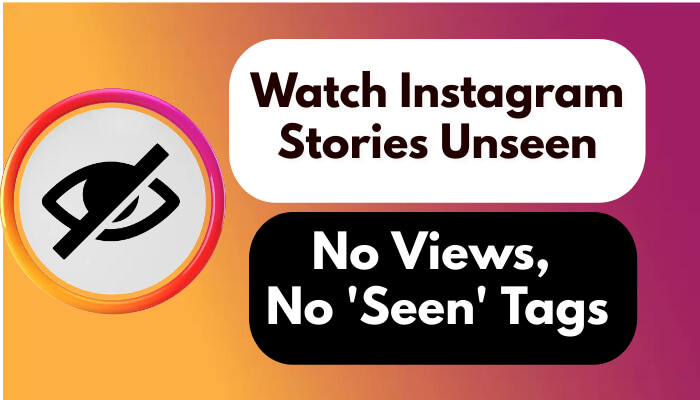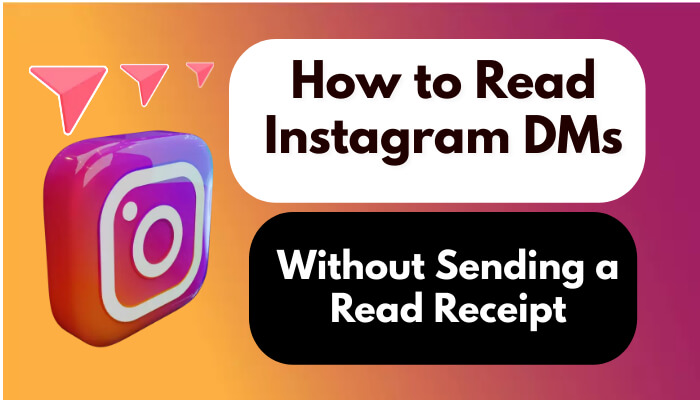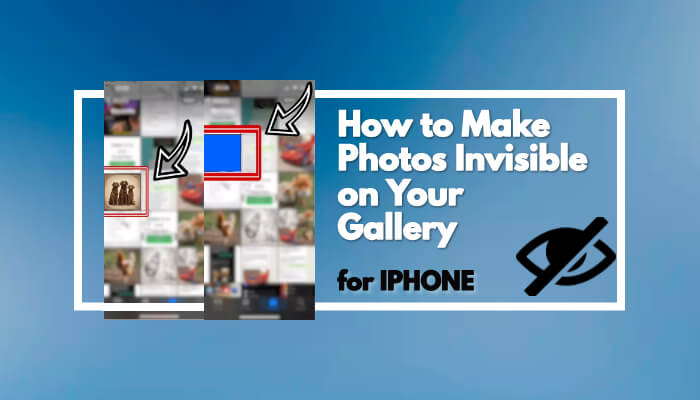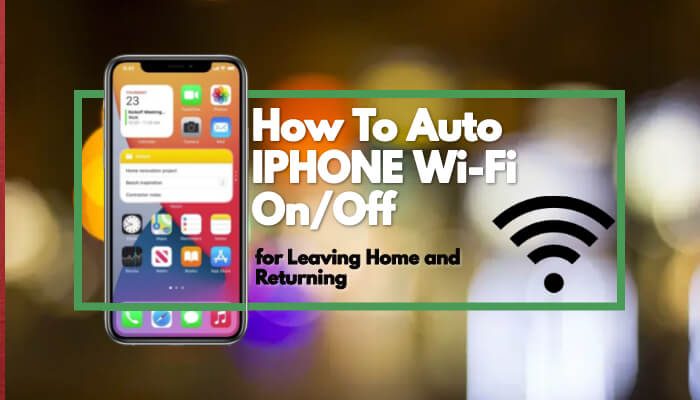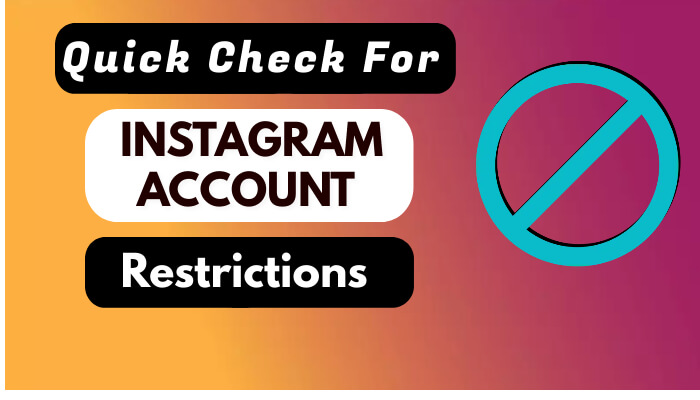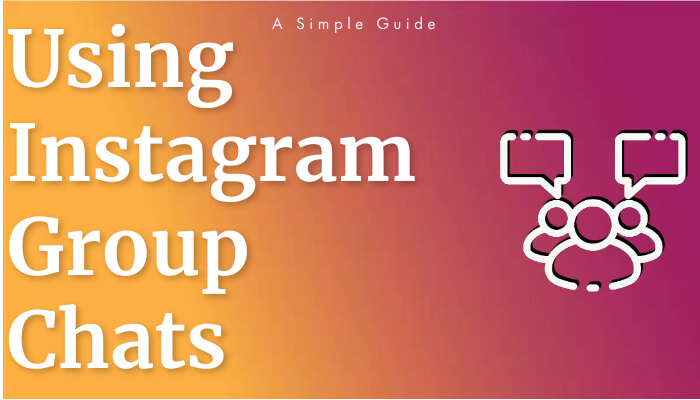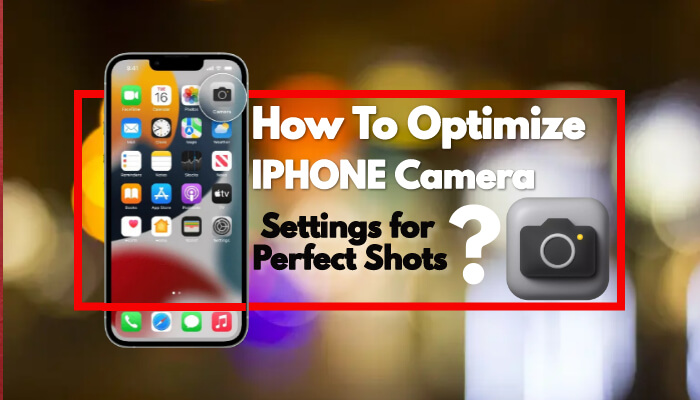
Google advises webmasters that the use of buttons on websites is not greatest as Googlebot isn't able to click them.
that implies anything else hidden at the back of a button, equivalent to a “Load Extra” button that unearths further content material when clicked on, won't get crawled by way of Googlebot.
If Google can’t crawl the content material then it no doubt can’t index the content material either, that's why site owners are advised to make use of possible choices.
This topic came up during the Google Search Critical JavaScript SEARCH ENGINE OPTIMIZATION hangout with Martin Splitt recorded on March 24.
A Domain owner named Tamás Somogyi asks Splitt concerning the “Load Extra” button on his web site which triggers extra article hyperlinks to load on the same web page.
He’s heard this setup isn't ideal for Googlebot crawling, however hasn’t found a clear solution regarding what to do as an alternative.
Here’s what Google’s Martin Splitt suggests.
Google On Alternative to “Load More” Buttons
Splitt says the most efficient resolution can vary from web page to web site, but there are a few tips that hold real for all sites.
The First is that Googlebot does not click buttons:
“It in point of fact is an issue of what works easiest in terms of your implementation, but there are a few pointers which are generally true. number one is, if it’s a button, and when I say “button” I actually mean a button, no longer a hyperlink. If it’s a button you’re out of good fortune. Googlebot does not click on buttons, so we’re now not interacting with that, so that’s dangerous.”
the following guideline that’s true for all web sites is it’s better to use static links in place of buttons.
Splitt adds that it doesn’t topic what the URL of the link looks like, as lengthy because it results in a new web page with distinctive content material.
“the most productive thought could most likely be to implement that button as a link that really goes like “?page2”, or “/2&High;, or no matter what. It doesn’t subject what the URL looks as if the point is it is going to a URL that shows a unique batch of content.”
essentially the most Google-pleasant resolution could be to verify each web page in a sequence of pages displays its own content.
If an online page shows 10 items, and a link has to be clicked to get the next 10 items, then the next page should display handiest the next 10 pieces. it will no longer repeat the preliminary 10 pieces and the next 10 pieces.
“i actually might argue the best can be, or the perfect for us could be, if the page 2 link presentations simply the batch of 10 items which might be on page 2 as a result of that might mean that we are seeing indisputably unique content.
And depending on how a lot content each and every of these merchandise has within the listing, smartly within the checklist that you just’re paginating there, you may finally end up in case you have numerous content that we have already seen on different pages after which only 10 are other, it might get canonicalized away. Which isn't what you want. So having distinctive content material in keeping with page is actually a get advantages there.”
Splitt gives some JavaScript SEARCH ENGINE OPTIMISATION how one can explain how builders can enforce this in a way that allows for a clean transition between pages for customers.
The Usage Of JavaScript it’s possible to make a page appear as though it’s loading more content from the same web page when it’s actually loading content from a different web page.
“you'll use JavaScript to overwrite this behavior for customers so after they click that hyperlink it doesn’t behave like a hyperlink that really takes you in other places. However if truth be told you overwrite the habits of the hyperlink to simply include the following 10 pieces on the page, so that you don’t have the janky transfer among the pages if that’s what you need to circumvent.
That’s how i might enforce it. Is that the best strategy? Maybe. It depends on what you’re looking to do and it depends upon what is imaginable within the platform that you simply’re working with. That’s a dialogue to have along with your developers.
However normally we don’t have interaction with buttons, so if that’s all you have got then you definitely are out of good fortune. we are now not seeing the opposite content material. Having static hyperlinks to pages is definitely a better strategy.”
Later On in the hangout Splitt says Googlebot doesn’t click buttons because it’s “pricey” in terms of the volume of CPU power it might require.
Pay Attention the whole query and answer within the video underneath:
